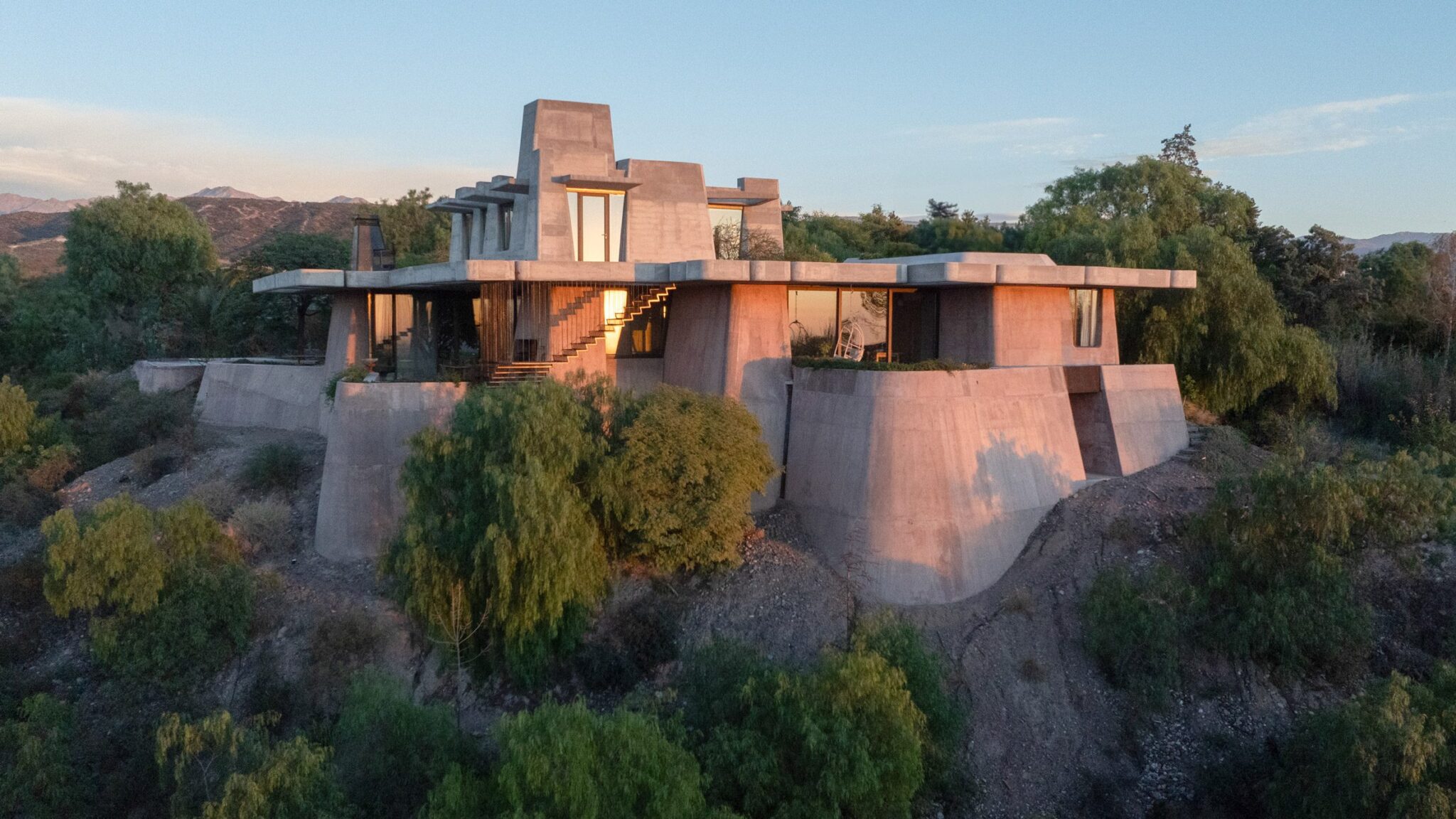
Architecture, at its most elemental, should be a dialogue with the landscape it inhabits. It should nod to the textures, the light, and the raw, untamed spirit of the earth.
Few projects manage this conversation with the arresting boldness of Brutal Honesty House, a mountain fortress of concrete forged by the international outfit, OF Studio, high above the canyons of Mendoza, Argentina.
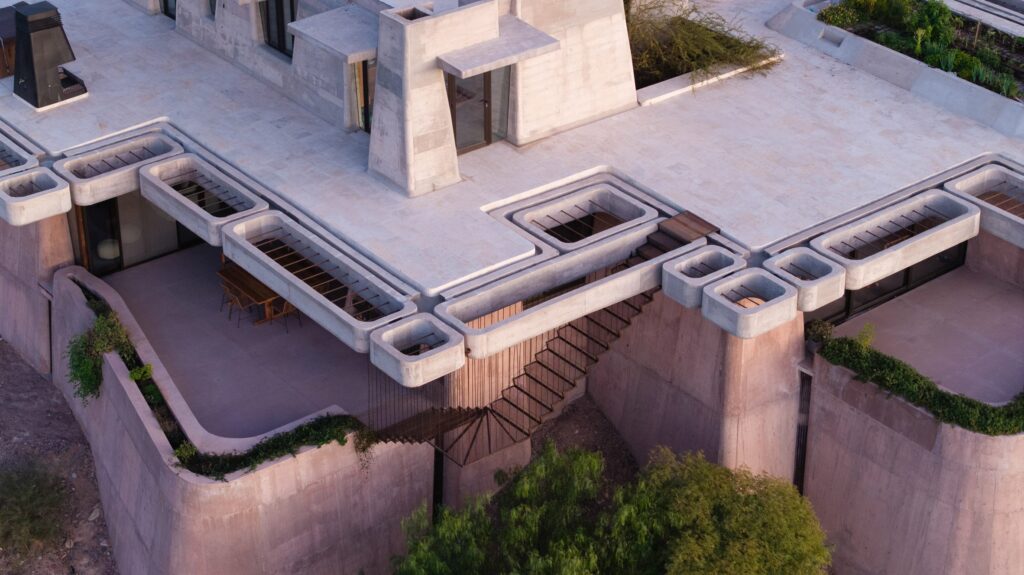
This isn’t your average mountain retreat. Completed in 2024 after a six-year construction odyssey, the 571-square-metre structure (a shade over 6,100 square feet) sits precariously and majestically on the edge of a canyon, a brutalist monument to its unforgiving surroundings. OF Studio, co-founded by Argentinian architects Valentina Cerrone and Sebastián Andia, took their cue not from a style guide, but from the mountain itself—its profound silence and its raw presence.
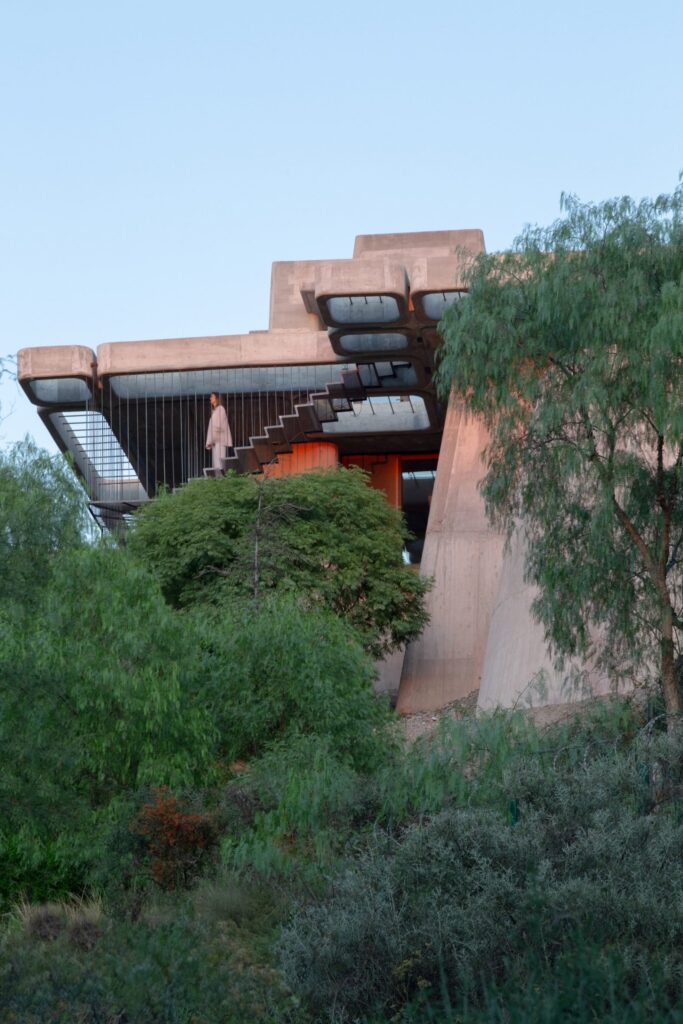
The result is a home that feels less built and more extruded from the very terrain. The house’s most striking feature is its seamless, almost organic rise from the scree. OF Studio deliberately shaped the splayed, earth-coloured retaining walls to mimic “abstract rock formations,” allowing the contours of the land to literally dictate the floor plan and the placement of the three main terraces.
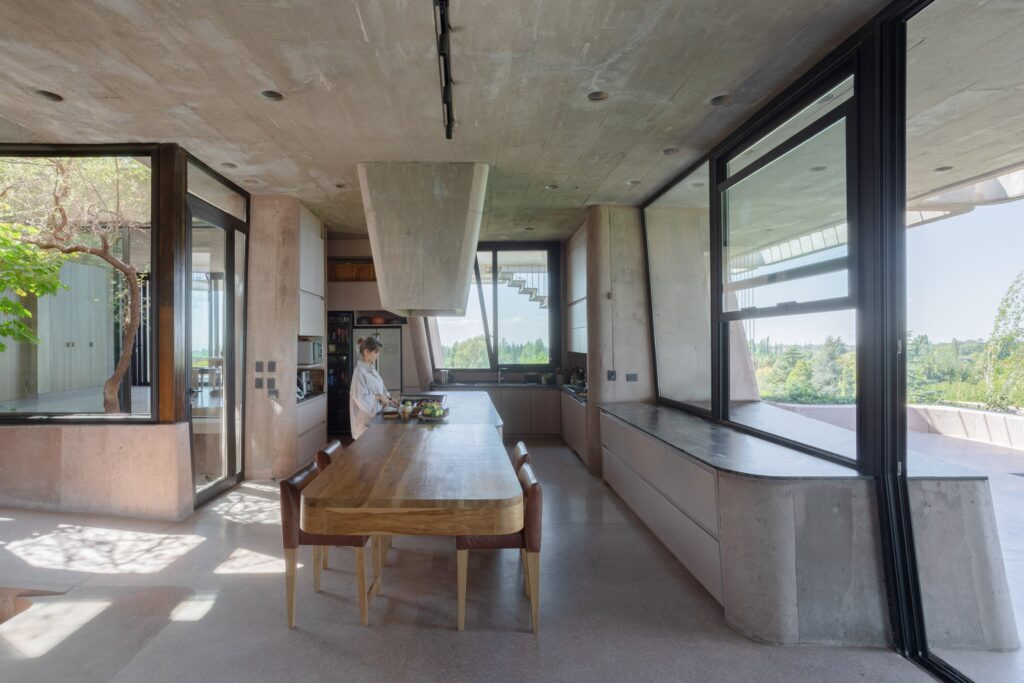
These tapering walls don’t just look epic; they serve a practical purpose, shielding the internal spaces from the harsh southern exposure of the canyon while defining the home’s unique, almost sculptural massing.
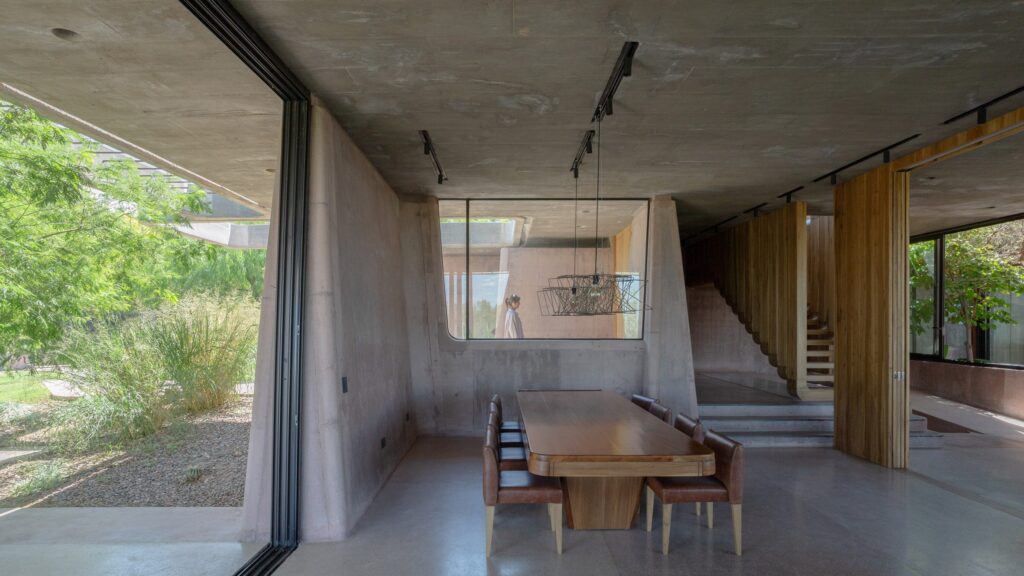
The entire structure is a masterclass in stacking. It’s split into three distinct stages: a subterranean basement entirely within the earth; a ground floor partially embedded in the slope; and the majestic upper level that soars out, grabbing a 360-degree view of the Andean desert mountains—a view that would make even the most seasoned explorer pause. The clients’ brief was simple, yet profound: live with the land, maintain the panoramic views, and preserve privacy.
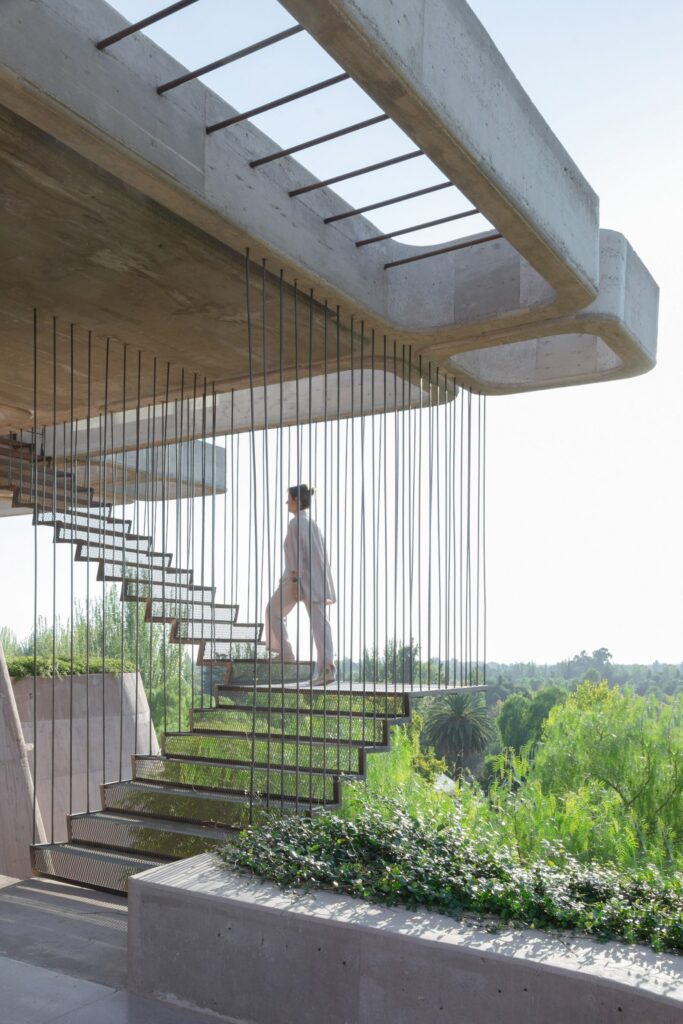
OF Studio achieved this seemingly contradictory set of demands by choosing exposed concrete—not just for its brutalist aesthetic punch, but because it resonated deeply with local materials and could be toned to match the colour of the earth on site.
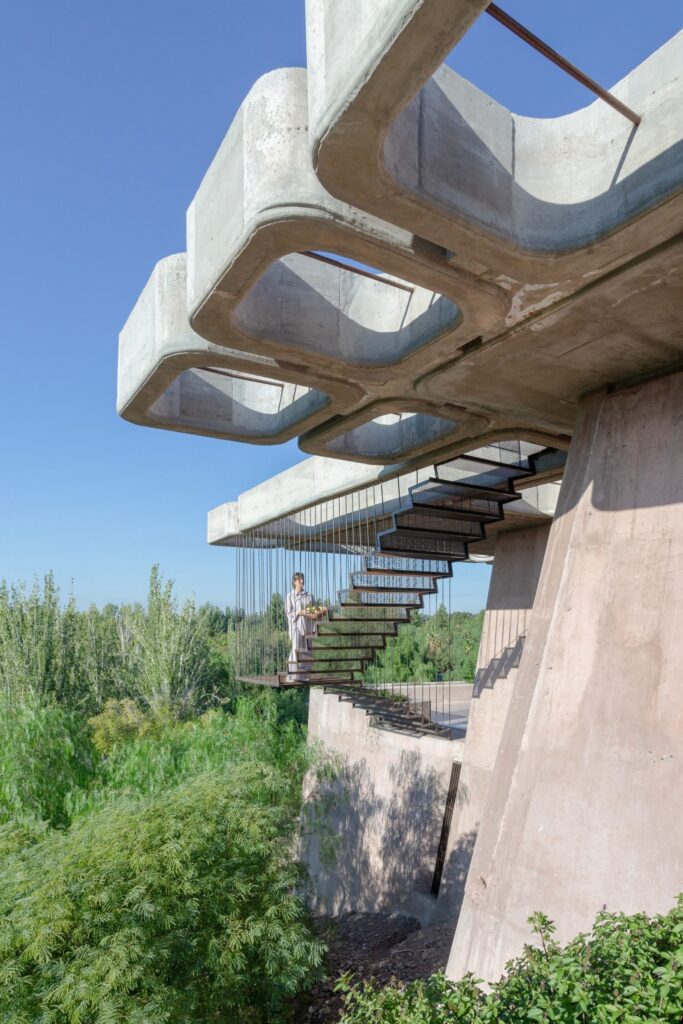
This concrete isn’t cold; it’s a textured, warm skin that grounds the house. Inside, the kitchen serves as the gravitational centre, a hub from which communal spaces fan out in soft, rounded angles.


